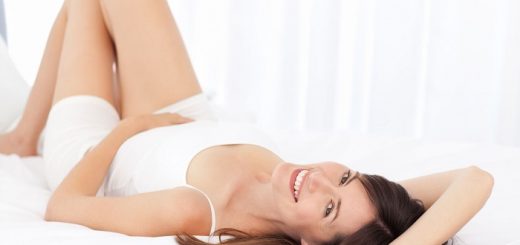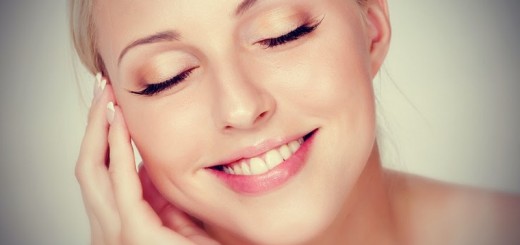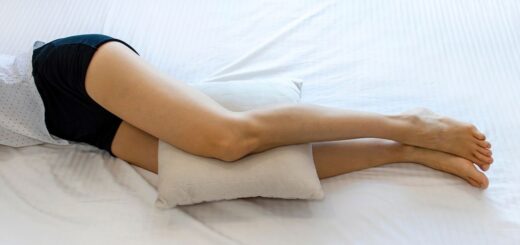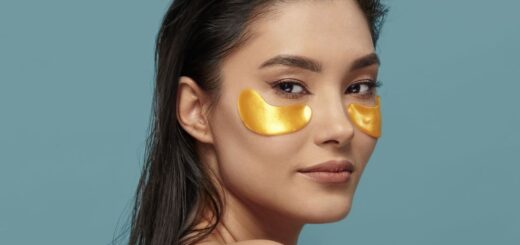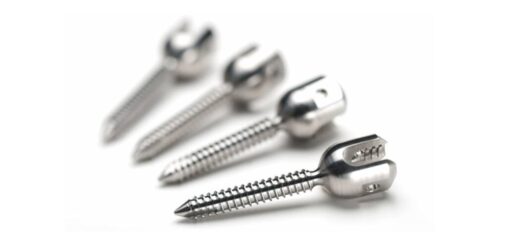Skin spots, how and why?
No one is excluded … Brune, lenticular or irregular. Small or extensive and very visible, skin spots appear at any age or condition: pregnancy, maturity, but also youth and even adolescence.
We speak of those discolorations due to excessive production and accumulation (hyper-pigmentation) and irregular melanin, the same pigment synthesized by melanocytes, which we have a tan when we are exposed to the sun.
And it is no coincidence skin blemishes are caused or intensified by excessive exposure to sunlight, and the most affected areas are the most exposed: the face, décolleté, hands.
However, in addition to the sun, other factors predisposing to their training. Below we list them together with the most frequent spots.
Solar lentigines are dark spots, small due to sunburn or excessive exposure to sunlight accumulated over the years. They affect the most exposed areas: face, neck, arms, shoulders, back of the hands.
The senile lentigo are male as female discolorations that appear after 40-50 years (earlier if there is a predisposition). In menopause they are formed with more frequency, and become even more pronounced for the physiological thinning of the skin in this phase of life.
Melasma, it is irregular gray-brown spots that appear almost exclusively in women (including young people, especially if dark skin type). Melasma is localized on cheekbones, forehead, between the nose and lips. In pregnancy, it is called chloasma gravidarum, and is influenced by the particular typical hormonal status of this condition. Melasma and chloasma worse with sun exposure.
Photosensitivity, the skin spots, melasma, and in particular, can also be caused by certain drugs, said photosensitizing (hormones, certain antibiotics, anti-inflammatories and antihistamines, some chemotherapy …), as well as by some cosmetics. Attention then to inflammation (typical case juvenile acne in the acute phase) and also to the hair removal, the skin inflamed or irritated just by a waxing, when exposed to the sun, can be stained.
You may also like to read another article on AnxietyReduction: The best natural sunscreens
How to prevent them and how to get rid of it?
To avoid the formation of a good simple habit is to use sunscreens suitable to our skin type (maybe even in summer city on exposed areas), even more so if you are currently taking photosensitizing, you suffer from acne, etc. … And to avoid going to sea with tricks or fragrances (unless they are products formulated specifically for use on the beach, there are many on the market).
Moving on to the treatments, depending on their nature, depth and location to delete or reduce skin blemishes, there are many solutions: the advice is to rely on a dermatologist expert, the only one who has the skills to direct us to the one that fits our case. In view of the treatments in fact there is so much: for spots of the outermost layer are for example the superficial peeling, or even depigmentation creams for cosmetic use (purchased in stores of trust and never of stalls: it is a few days ago the latest seizure of toxic bleaching creams). For deeper stains, for example, there is dermabrasion, which provides for the elimination of the different layers of the skin, and cryotherapy, a type of cold exfoliation. Moreover, there’s the laser, or rather lasers, because depending on the type of stain solutions, and also the tools are different.
But the spots are not just brown, there are also clear. In this case, it is not hyper-pigmentation but hypo-pigmentation or Hypomelanosis. Among the most common …
Hypomelanosis guttata, it presents with lenticular patches especially on the legs. Sometimes it is mistaken for a fungus infection but probably is caused by sun exposure, therefore sunscreen is necessary.
Pityriasi dawn, it is common, especially in girls: blobs, clearer of the surrounding skin, are faded, less net. The sun exposure can re-pigmentarle but generally are reformed. Again there is the risk of exchange Hypomelanosis this for a fungus.
Then there are mycosis real … Like Pityriasis versicolor, or “sea fungus”, a skin discoloration caused by a yeast that lives the healthy skin. It consists of small spots, 0.5-1 cm in diameter, which tend to concentrate in the upper part of the chest up to the nape and flake. The care vescicolor? Antifungal and specific detergents.


